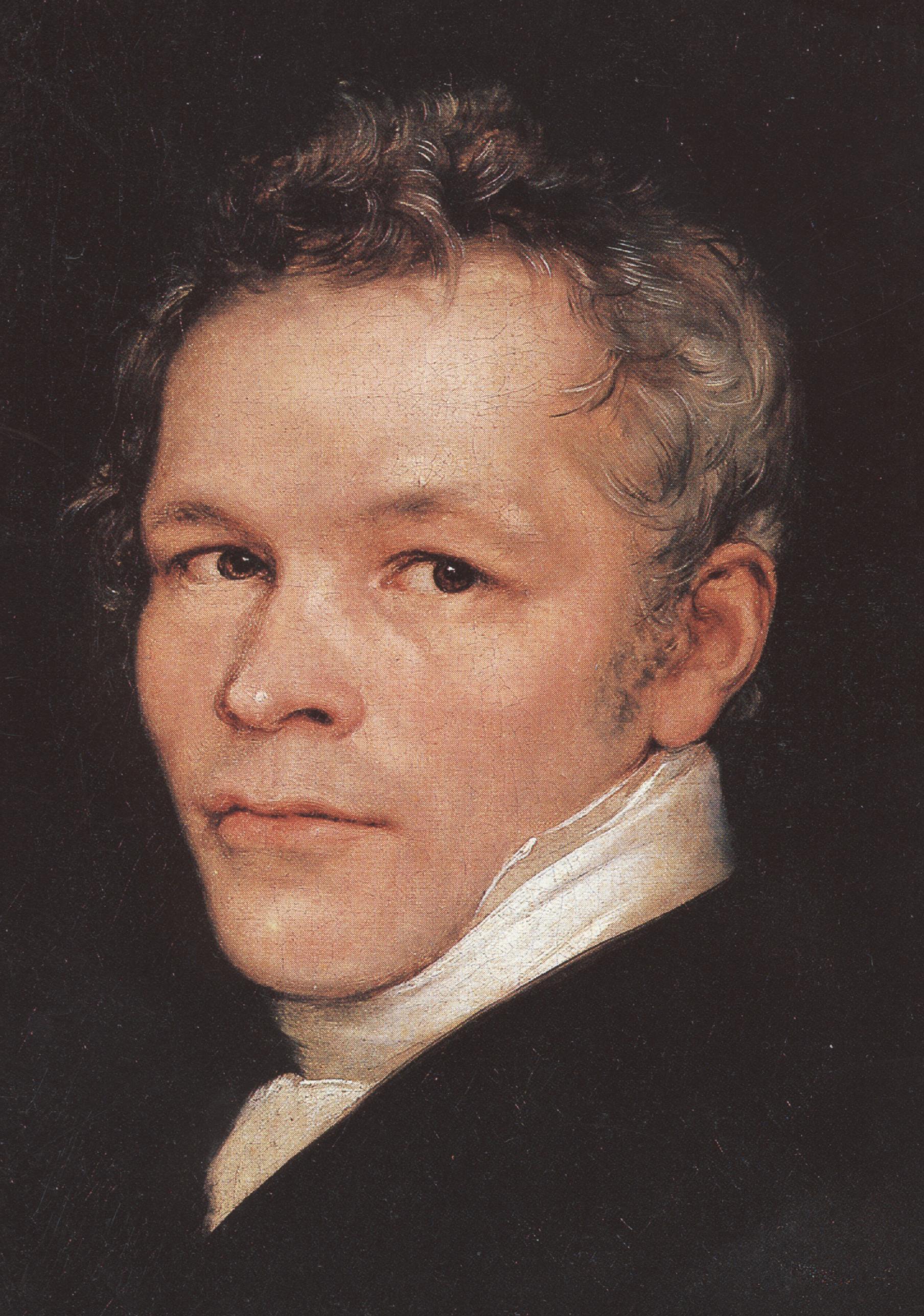"Karl Friedrich Schinkel (1781-1841)" (2006) by Margaret Odrowaz Sypniewska http://www.angelfire.com/mi4/polcrt/Schinkel.html
Kontext: I hope I may be allowed to remark that recent inventions and improvements enabling works of art to be duplicated faithfully, easily, and safely may properly be used to give industry a direction in which beauty is as important as utility. I cannot, as many do, regret the mechanical process that turns the artist's attention increasingly towards the intellectual element in the production of a work of art; something that no machinery can replace. Anything that a machine can imitate and duplicate perfectly is no longer in the realm of art. But as a work of art can be mechanically duplicated both faithfully and with ease, and this distributed to all classes of society, if the knowledge of that work need no longer be acquired solely in museums or in those private collections to which access is difficult, then we may hope that here and there one of the seeds thus broadcast will take root and eventually bear fruit.
Karl Friedrich Schinkel: Citáty anglicky
“Indifference to the fine arts comes close to barbarism.”
As quoted in Nineteenth and Twentieth Century Architecture, Vol. 11 (1976) by Garland Publishing, p. 94; also in The Dictionary of Art, Vol. 28 (1996) by Jane Turner
